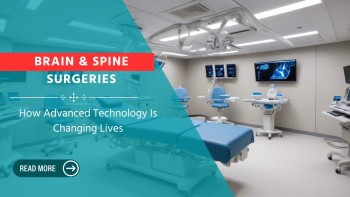Tennis
elbow, medically termed lateral epicondylitis, is a repetitive strain injury
affecting the tendons attached to the lateral epicondyle of the humerus bone.
It manifests as pain, a bony prominence, and tenderness in the lateral
epicondyle region of the elbow.
Causes
and Risk Factors
Despite
its name, tennis elbow is not exclusive to tennis players but can result from
any repetitive wrist and forearm activities involving gripping or twisting
motions. Common triggers include sports like golf, occupational tasks such as
computer use, and manual labour activities like carpentry or plumbing.
Microscopic tears in the tendons due to repetitive stress lead to inflammation
and pain in the lateral epicondyle.
Signs
and Symptoms of Tennis Elbow
The
primary symptom of tennis elbow is discomfort and soreness in the lateral
epicondyle region, which can range from mild to severe and may develop
gradually or suddenly. Activities such as grasping or twisting can exacerbate
the pain. Additional symptoms include forearm weakness, elbow stiffness,
radiating pain along the forearm and wrist, discomfort during specific
activities, and occasional swelling or redness.
Diagnosis
and Treatment Approach
Diagnosing tennis elbow typically involves a thorough
physical examination by a healthcare professional. Diagnostic procedures may
include:
● X-rays
to rule out other conditions like fractures or arthritis.
●
Magnetic resonance imaging (MRI) for detailed soft tissue
assessment.
●
Electromyography (EMG) to evaluate nerve function.
●
Ultrasound to visualize tendon and muscle abnormalities.
● Test
anaesthesia or steroid injections as diagnostic aids.
● Rest
and protection to minimize swelling and promote tendon healing, often with the
use of braces or splints.
●
Heat or ice therapy for pain relief and inflammation
reduction.
●
Medicines like NSAIDs or acetaminophen to manage pain and
inflammation.
●
Physical therapy and exercises to improve muscle strength
and flexibility.
●
Steroid injections for pain and inflammation reduction in
severe cases.
●
Platelet rich plasma injections when other options are
not working.
● Surgery
as a last resort for persistent symptoms unresponsive to conservative measures.
The optimal treatment approach depends on symptom severity, underlying causes, and individual patient needs. Consulting a healthcare professional is crucial for accurate diagnosis and initiating appropriate treatment early for optimal recovery.
Besides
addressing symptoms and treatment, it's essential to understand preventive
measures and lifestyle modifications. Patients with tennis elbow should avoid
repetitive activities that exacerbate symptoms, use ergonomic equipment and
techniques, maintain proper posture, and engage in regular stretching and
strengthening exercises recommended by healthcare professionals.
Conclusion
In
conclusion, the management of tennis elbow necessitates a comprehensive
approach involving accurate diagnosis, appropriate treatment, preventive
strategies, and patient education. Link Hospital, renowned for its expertise in
musculoskeletal disorders, offers state-of-the-art diagnostics, advanced
treatment modalities, and personalized care for patients with tennis elbow.
At Link Hospital, our team of orthopaedic specialists
understands the complexities of tennis elbow and tailors treatment plans to
individual needs, ensuring optimal recovery and improved quality of life. Our
commitment to excellence, patient-centric approach, and emphasis on holistic
care make Link Hospital the ideal choice for individuals seeking relief from
musculoskeletal conditions.
Experience exceptional orthopaedic care at Best Hospital in Gwalior Link Hospital
and take the first step towards a pain-free and active lifestyle. Book an
appointment with us today and discover the difference in musculoskeletal
healthcare.











